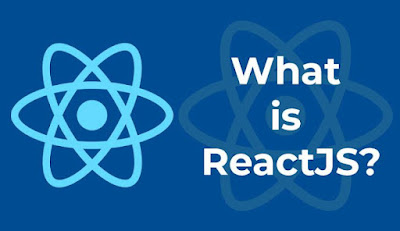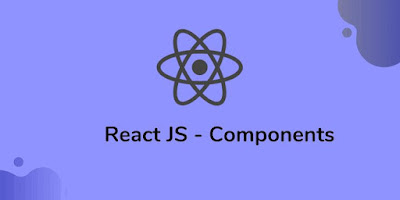In this article we are going to dig into React.js giving a complete and introductory guide to help understand the library’s fundamentals.
WHAT IS REACT.js?
React.js is the most popular front-end JavaScript used to build user interfaces specifically for single-page applications. React.js or Reactjs or simply React are different ways to represent React.js.Developed at Facebook and released to the world in 2013, it drives some of the most widely used apps, powering Facebook and Instagram among countless other applications.
The main purpose of React.js is to be fast, scalable, and simple.React.js is responsible for building a hierarchy of, or rendering UI components and provides support for both frontend and server-side.
WHY REACT.js?
There are so many open-source platforms for making the front-end web application development easier, like Angular. Let us take a quick look on the benefits of React over other competitive technologies or frameworks.Simplicity and learning ease
React.js is just simpler to grasp right away that Anyone with a basic previous knowledge in programming can easily understand React.jsThe component-based approach, well-defined lifecycle, and use of just plain JavaScript make React very simple to learn.
Improved performance
React.js does not offer any concept of a built-in container for dependency. React.js uses Virtual DOM, thereby creating web applications faster.It can be used for the development of both web and mobile apps
We already know that React.js is used for the development of web applications, but that’s not all it can do. There is a framework called React Native, derived from React itself, that is hugely popular and is used for creating beautiful mobile applications.Dedicated tools for easy debugging
Facebook has released a Chrome extension that can be used to debug React.js applications. This makes the process of debugging React.js web applications faster and easier.REACT.js COMPONENTS
A core concept of React.js is components. Components are the building blocks that make up a React.js applicationEach component has its own set of properties and functions (i.e. your price, color, etc.). Data flows from parent to child component to define values. In this case, your parent component is your product list. Your top level component is your “App” component.
State
State management is a big concept in React.js, but what is state? State is an object. It stores a set of observable properties that control the behavior of the component. This information can change as the user interacts with the user interface.Props
Short for properties, props allow the user to pass data or arguments to React.js components. While state can change, props are read-only and cannot be changed. Props help make a React.js component more dynamic.FEATURES OF REACT.js
There are two main components that aim to improve the developer experience. JSX and Virtual DOM. Let’s take a quick look at themJSX
At the center of any web application are HTML (Hypertext Markup Language) documents. HTML is a formatting system used to structure a web page and its content.While reading the HTML, browsers create something called a Document Object Model (DOM). The DOM views an HTML document as a tree of nodes where each node is an HTML element.
JSX which stands for JavaScript eXtension lets you change the DOM with HTML-style code. It’s one of the reasons people love React.js so much. JSX is easier to write and understand compared to OG vanilla JavaScript elements.
Virtual DOM
We’ve talked about the DOM, so what is Virtual DOM?React.js creates an in-memory data structure cache which computes the changes made and then updates the browser. This allows a special feature that enables the programmer to code as if the whole page is rendered on each change whereas react.js library only renders components that actually change.
WHEN SHOULD YOU USE REACT.js?
If you have a team of developers who are familiar with JavaScript.React.js could be a great option. Especially if your application is complex, consider React.js. If you only need to build a simple, static website, React might be overkill.COMPANIES THAT USE REACT.js?
- Whatsapp (web)
- Yahoo
- New York Times
- Netflix
- Airbnb
- Discord.
In summary React.js is a great option for JavaScript developers creating single-page web applications. It allows developers to create complex websites using reusable components.
A major benefit is the ability to update only the component with the relevant data. Rather than reload the whole page, React.js will keep track via its Virtual DOM exactly what has changed.




